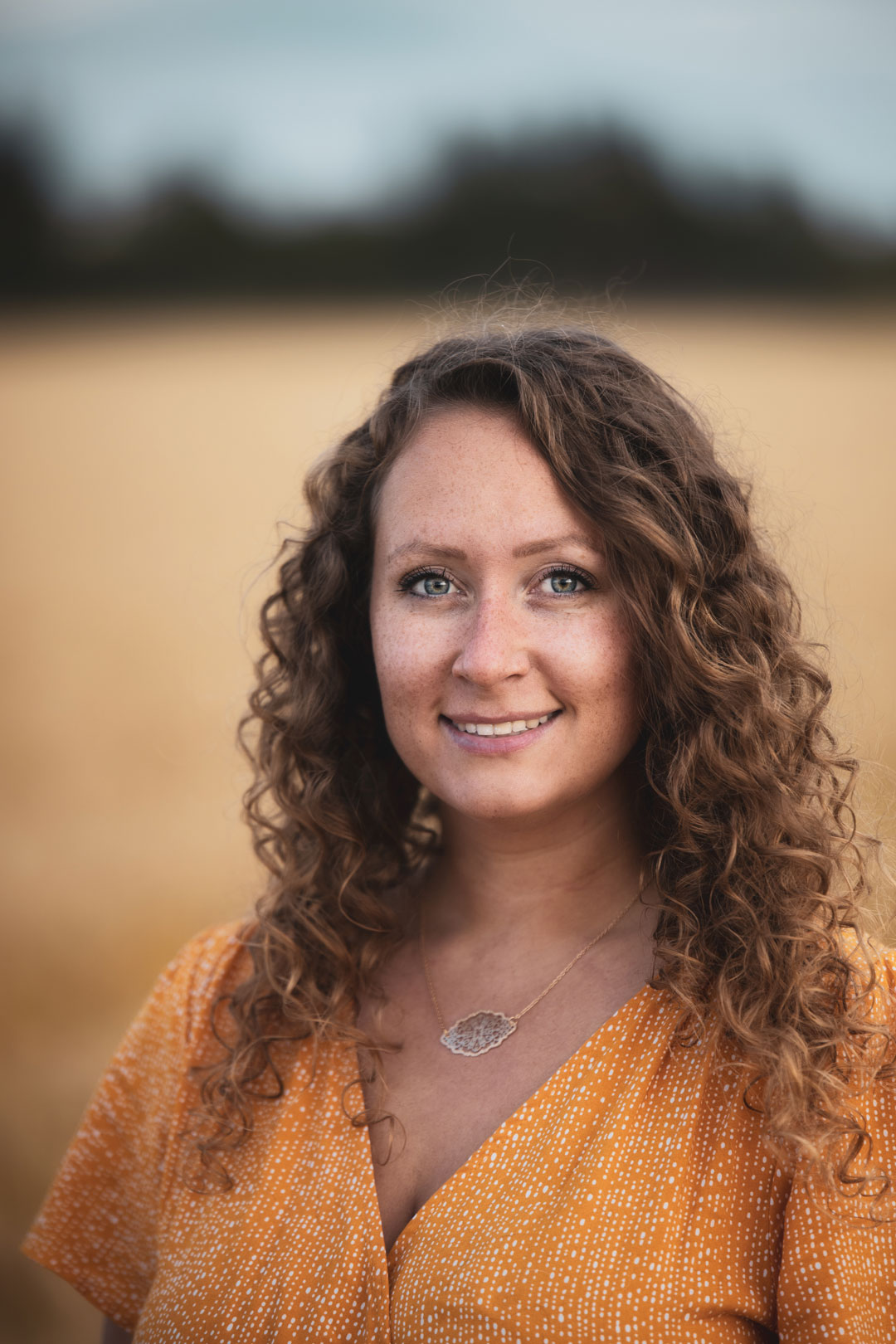CALIFORNIA DREAMIN’
BY IAN DOIG • PHOTO COURTESY OF AAFC
Agriculture and Agri-Food Canada (AAFC) research scientist Keshav D. Singh (pictured above) envisions Alberta as an agricultural powerhouse to rival California.
Already a PhD in hyperspectral remote sensing, as a post-doctoral fellow at the University of California, Davis from 2015 to 2017, Singh discovered big possibilities for agriculture in digital data collection. Impressed by the state’s strong use of technology to boost its farm economy in the face of drought, this is where he first used drones to gather crop phenomics data. In agriculture, phenomics is the study of observable plant characteristics and how these are affected by genetics and environmental factors. It is the richness, versatility and scale of this data that may open Golden State possibilities for Alberta agriculture.
Since 2021, Singh has led the digital agriculture research team of the Remote Sensing and Phenomics Lab (RSPLab) at the Lethbridge Research and Development Centre. California remains a role model as it uses digital technology to support its powerhouse ag economy. “We can make Alberta farming like California by adopting a smart technologies model,” said Singh. “Why not?”
The program falls under the AAFC Strategic Plan for Science, which calls for acceleration of digital transformation in agriculture and agri-food. Funders include Results Driven Agriculture Research, SaskWheat, the Sustainable Canadian Agricultural Partnership and the Western Grains Research Foundation. A key contributor to the Plan’s development, Singh believes substantial gains in prairie farm production and crop breeding can be made with AI-powered digital technologies.
The RSPLab advances the development and adoption of remote sensing systems in field agronomy, plant breeding, crop management and even the livestock industry. It focuses on high-throughput phenotyping of broadacre crops such as canola, dry beans, forage, pulses and wheat. This smart farming work employs advanced sensing systems such as drones, IoT devices and autonomous vehicles that use cameras, sensors and AI-enabled software to collect data.
RGB sensors use visible light to capture crop height and biomass while multispectral cameras use near-infrared light to identify plants stressed by disease or drought. Hyperspectral imagery reveals the unique fingerprints of crop diseases, insect pests and weeds. Laser-sensing LiDAR can be used to create a 3D image of a crop, referred to as a digital twin, to identify a wide variety of soil and plant characteristics, and thermal sensors measure crop canopy temperature. The RSPLab also leverages satellite imagery produced by Natural Resources Canada to estimate vegetation growth dynamics, soil moisture content and more.
With the assistance of AI-powered software, this data can be analyzed efficiently. Crop breeders can use it to screen cultivars for desirable traits more accurately and quickly than can be done by in-person observation of test plots. Applied to precision agriculture, these systems allow farmers to make informed predictions about yield and input requirements faster on a large scale.
The RSPLab takes on a variety of digital data research projects. These include a partnership with the University of Saskatchewan to develop an autonomous vehicle system to gather crop data with robotic carts. It is also assisting John Deere to improve precision sprayer technology. The RSPLab also promotes trust in this technology and trains agriculture professionals to use it.
“With the use of digital imaging, AI tools and phenometrics, you can do very smart, data-driven decision-making,” said Singh. “Smart sensors can play a vital role to make most complex agricultural predictions.”







Comments